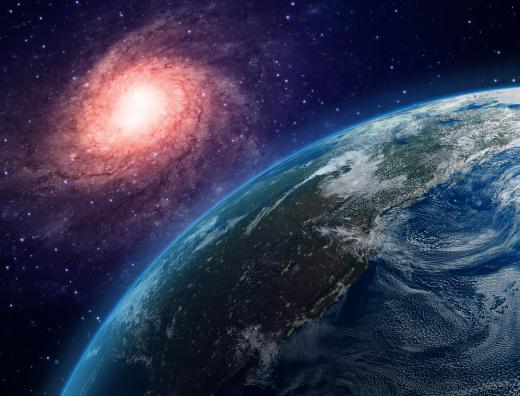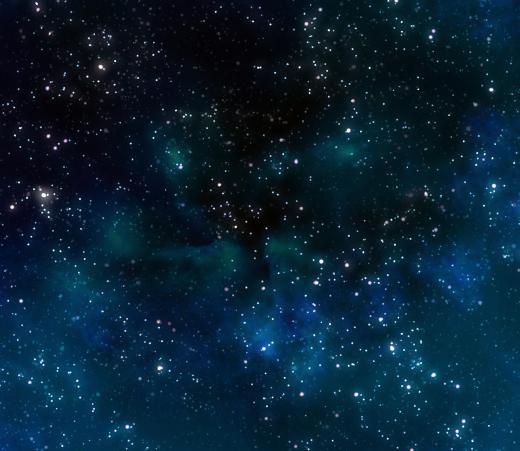What Are Star Clusters?
Star clusters are large groups of individual stars that are centered around the same gravity force. Each individual star may be located near the center of the gravitational pull or along the outskirts. Together the group of stars resemble a larger circle. There are several main types of star clusters, including global and open clusters.
The main characteristic that identifies star clusters is the fact that each star in the cluster travels around the same center. That common center is a force of gravity that binds all of the stars together. Star clusters are also known as systems and may be a part of a larger galaxy, such as the Milky Way.

Since the same gravitational force binds clusters of stars together, the center of star clusters tends to be quite bright. That brightness seems to dissipate as groups of clustered stars settle further away from the center. Despite the fact that the same force binds the stars, a star cluster does not remain stationary. Over time, these clusters can move away from each other or separate into two segments.

An open star cluster is more vulnerable to these separations. These clusters tend to contain stars that are younger and can be broken up by molecular clouds. Open star clusters are also characterized by a smaller amount of stars. Clusters continue to move and expand over a period of time and the individual stars can keep the same orbit direction if they become separated.

If a star cluster does become separated, the individual stars can be grouped together as an association. This is a group of stars that are moving in the same direction, but are not gathered together around a common center. An example of this would be the earth's sun and the other stars in the solar system that are considered to be "neighbors."
Open clusters tend to contain stars that are made up of heavy particles. This is due to the fact that these particles remain when stars become supernovas and die. Since stars in an open cluster are younger, they tend to use this material when they form.
In contrast to open clusters, global star clusters are made up of older stars. This type of cluster usually contains a great number of stars that are tightly bound together. In one galaxy there may be several hundred of these clusters. Global clusters are considered to have been formed when the galaxies first came into existence.
AS FEATURED ON:
AS FEATURED ON:













Discussion Comments
@irontoenail - I didn't realize that the Pleiades was a star cluster. I vaguely remember going out at night with my dad when I was a kid and looking for planets and star clusters with a telescope, but it was so long ago, the only star cluster I can remember finding was one called the Jewel Box, which I think I just remember because of the pretty name.
@Iluviaporos - That's true for a lot of constellations, but not for all of them. The Pleiades, for example, is an open star cluster and is often seen as a constellation in itself (even though it's also considered to be a part of Taurus).
It's known as the Seven Sisters, even though there are actually a lot more stars in the cluster, but seven is about what most people can see with the naked eye.
It's also important to remember that the constellations that most Western people are familiar with are only the star patterns that were drawn by a single culture. There are other cultures that place different significance on different groups of stars.
To return to the Pleiades star cluster, the group is known as Matariki in Maori culture and signifies the return of the New Year.
I'm just going to point out that star clusters are not the same thing as constellations. What we see as constellations from Earth, or groups of stars that appear to move together through the sky, just happen to be a bunch of stars that are all in roughly the same direction, but they might actually be huge distances apart from each other.
It's really just people drawing shapes in the sky and connecting the dots, but in reality the stars are not related.
Post your comments